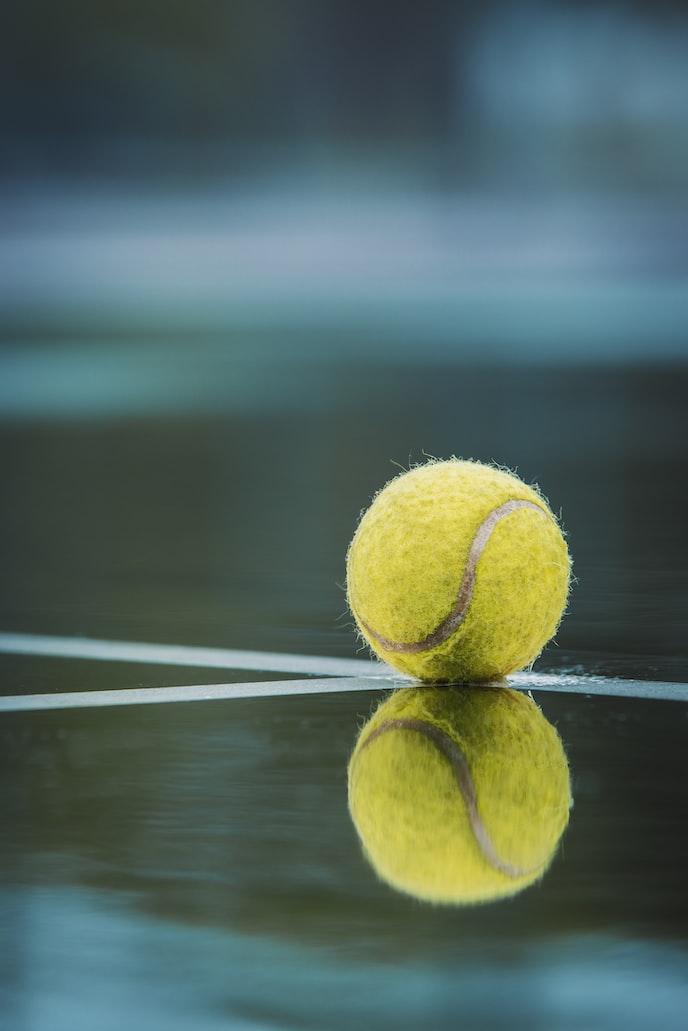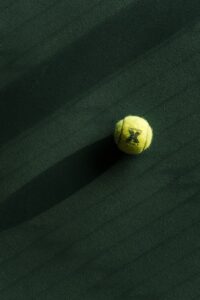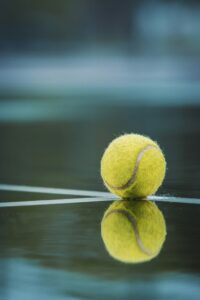Understanding the materials: How the quality of the ball affects its bounce
3 min read
Understanding the Materials: How the Quality of the Ball Affects Its Bounce
As a seasoned padel player, you know that the quality of the ball can greatly impact your game. But have you ever wondered why do padel balls lose bounce over time? In this article, we will dive into the world of padel ball materials to uncover the secrets behind their bounce.
Choosing the Right Ball for Your Game
When it comes to padel balls, there are various options available in the market. Different brands, materials, and even colors can make the selection process quite overwhelming. To make an informed decision, it’s crucial to understand how the quality of the ball affects its bounce.
Materials Matter
Padel balls are typically made of either rubber or foam. Each material has its own unique qualities that affect the bounce of the ball. Let’s take a closer look at them.
Rubber balls, also known as pressurized balls, are made of a dense rubber compound and filled with air. The pressure inside the ball enables it to attain a high bounce. These balls are commonly used in professional tournaments due to their consistent bounce and durability.
Foam balls, on the other hand, are lightweight and softer in nature. They are perfect for beginners and players who prefer a slower game. Although foam balls don’t have the same level of bounce as rubber balls, they can still provide an enjoyable playing experience.
The Deterioration of Bounce
Now, let’s address the important question – why do padel balls lose bounce over time?
The main reason behind the loss of bounce is the material’s ability to withstand the pressure created inside the ball. As you play, the ball undergoes significant stress, including constant striking against the padel court surface and hitting the walls of the court. This continuous impact gradually compresses the rubber compound or foam material, reducing its ability to bounce back efficiently.
Another factor that affects the bounce is the ball’s exposure to various environmental conditions. Extreme temperatures and humidity can cause the rubber or foam to deteriorate, altering its elasticity and resulting in a decreased bounce over time.
Prolonging the Bounce
Although it is inevitable for padel balls to lose bounce eventually, there are a few tricks to prolong their lifespan and maintain a consistent bounce throughout your game.
Firstly, make sure to store your balls in a cool and dry place. Heat and moisture can accelerate the degradation process and shorten the life of your balls. Airtight containers or ball cans are perfect for keeping your balls in optimal condition.
Additionally, try to rotate your balls during your practice sessions or matches. By using multiple balls interchangeably, you allow them to recover their shape and bounce while giving the used balls more time to regain their original form.
Lastly, avoid using worn-out or heavily damaged balls. It’s tempting to keep using them to save some money, but they can significantly affect the quality of your game. Invest in new balls regularly to ensure a consistent bounce and enhance your overall padel experience.
In conclusion, the quality of padel balls and their materials play a crucial role in determining their bounce. Rubber balls offer a high level of bounce and durability, while foam balls provide a softer and slower game. Nevertheless, both types of balls will lose bounce over time due to the continuous stress and environmental factors they are exposed to. By understanding the materials and taking proper care of your balls, you can maximize their lifespan and keep your game at its best. So, go out there, enjoy your game, and let the balls bounce like never before!






